Home>Furniture & Design>Interior Design Trends>How To Fix Sliding Glass Door Lock
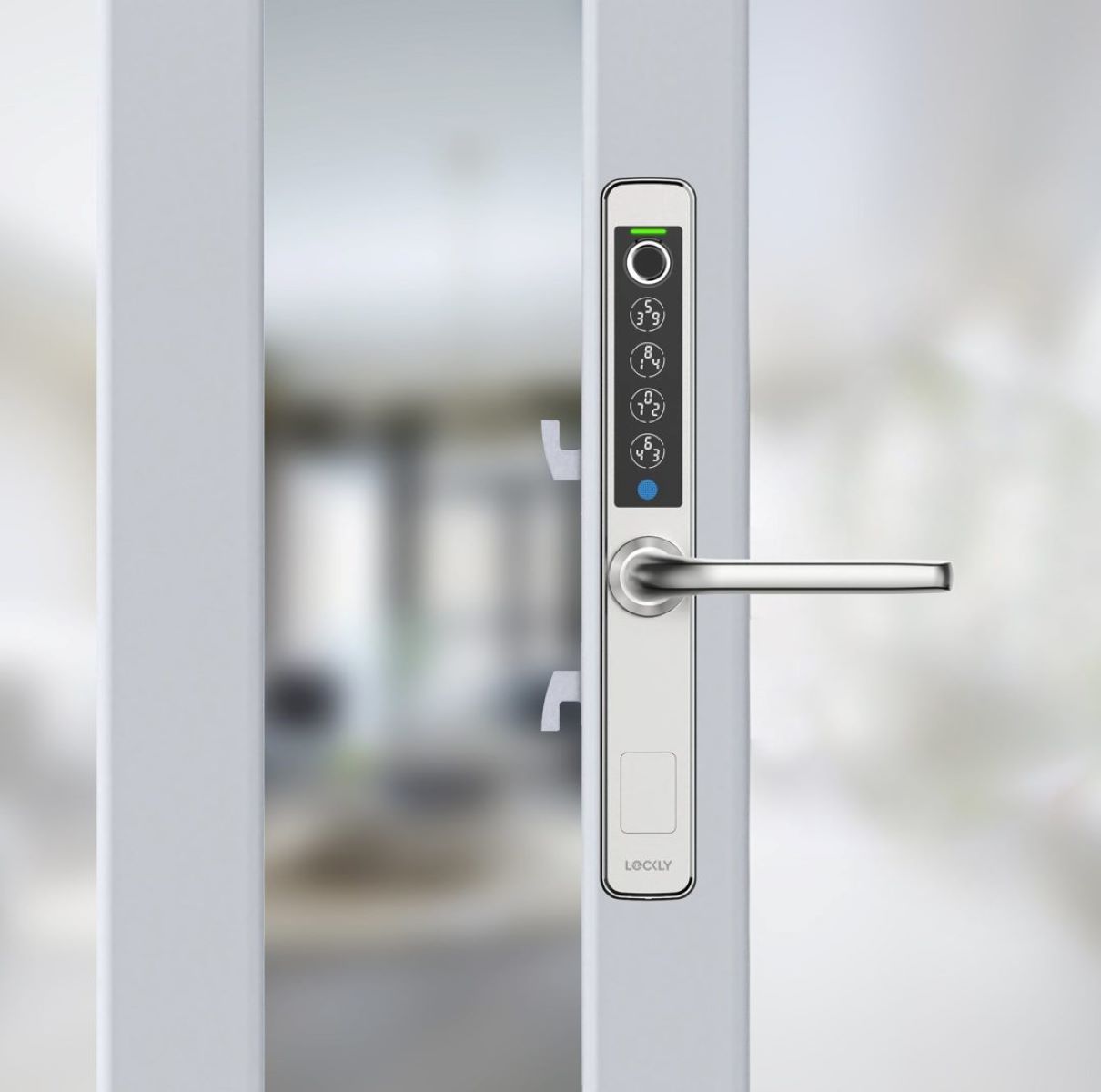

Interior Design Trends
How To Fix Sliding Glass Door Lock
Modified: March 21, 2024
Learn how to fix your sliding glass door lock with our expert interior design trends. Keep your home secure and stylish with our simple tips.
(Many of the links in this article redirect to a specific reviewed product. Your purchase of these products through affiliate links helps to generate commission for Storables.com, at no extra cost. Learn more)
Introduction
Sliding glass doors are a popular feature in many homes, offering a seamless transition between indoor and outdoor spaces while allowing natural light to flood the interior. However, a malfunctioning sliding glass door lock can be a source of frustration and compromise the security of your home. Whether the lock is sticking, jammed, or simply not functioning as it should, addressing the issue promptly is essential to ensure the safety and functionality of your sliding glass door.
In this comprehensive guide, we will delve into the intricacies of sliding glass door locks, exploring common issues that homeowners encounter and providing a detailed, step-by-step approach to fixing the lock. By understanding the components of the lock and the tools required for the repair, you can regain peace of mind and restore the smooth operation of your sliding glass door.
A well-maintained sliding glass door lock not only enhances the security of your home but also contributes to the overall aesthetic appeal and functionality of the door. With the insights and practical tips shared in this guide, you will be equipped with the knowledge and skills to address lock-related issues effectively, ensuring that your sliding glass door remains a seamless and secure gateway to the outdoors.
Let's embark on this journey to unravel the intricacies of sliding glass door locks and empower you to tackle lock-related challenges with confidence and expertise.
Key Takeaways:
- Keep your sliding glass door lock in top condition by cleaning, lubricating, and inspecting it regularly. Address issues promptly to ensure smooth operation and enhance home security.
- Understand the components and common issues of sliding glass door locks to confidently diagnose and fix problems. Regular maintenance and professional inspections are key to long-term reliability.
Read more: How To Fix Lock On Sliding Door
Understanding the Sliding Glass Door Lock
The sliding glass door lock is a crucial component that ensures the security and functionality of your door. Understanding its structure and mechanism is essential for effectively diagnosing and addressing any issues that may arise. Typically, sliding glass door locks consist of several key elements:
-
Latch Mechanism: The latch is the part of the lock that extends from the door and engages with the door frame, securing the door in a closed position. It is essential for preventing unauthorized entry and maintaining the door's stability.
-
Lock Cylinder: This component is responsible for the actual locking and unlocking of the door. It contains the keyway and tumblers that align to allow the key to turn and operate the lock.
-
Handle or Knob: The handle or knob is the user interface for operating the lock. It allows for easy engagement and disengagement of the lock mechanism.
-
Strike Plate: The strike plate is installed on the door frame and provides a receiving point for the latch to secure the door when closed.
Understanding the interplay of these components is crucial for diagnosing issues with the sliding glass door lock. Common problems such as sticking, misalignment, or difficulty in turning the key often stem from issues with these fundamental elements. Additionally, being familiar with the type of lock installed on your sliding glass door, whether it's a standard latch and cylinder lock or a more advanced multipoint locking system, can provide valuable insights when troubleshooting issues.
Furthermore, different types of sliding glass doors, such as those with vinyl or aluminum frames, may have varying lock mechanisms. Understanding the specific features of your door and its lock system will enable you to approach any necessary repairs or maintenance with precision and confidence.
By gaining a comprehensive understanding of the sliding glass door lock, you will be better equipped to identify, troubleshoot, and resolve any issues that may arise, ensuring that your door remains secure, functional, and an integral part of your home's aesthetic and practical appeal.
Common Issues with Sliding Glass Door Locks
Sliding glass door locks, like any mechanical component, are susceptible to a range of issues that can impede their proper function. Understanding these common issues is essential for promptly addressing any concerns and ensuring the security and smooth operation of your sliding glass door. Here are some prevalent problems that homeowners may encounter with sliding glass door locks:
1. Sticking or Jamming:
One of the most frequent issues with sliding glass door locks is sticking or jamming, which can make it difficult to open or close the door. This problem often arises due to debris or dirt accumulation within the lock mechanism, hindering the smooth movement of the latch or lock cylinder.
2. Misalignment:
Misalignment of the door or the lock components can lead to difficulty in engaging the lock or fully securing the door. This issue may result from wear and tear over time, improper installation, or structural shifts in the building.
3. Key Not Turning:
Difficulty in turning the key to lock or unlock the door is another common issue. This can be caused by a variety of factors, including a worn-out key, a misaligned lock cylinder, or internal components that require lubrication or adjustment.
4. Worn Components:
Over time, the components of a sliding glass door lock, such as the latch, lock cylinder, or handle, can experience wear and tear, leading to diminished performance and potential security vulnerabilities.
5. Faulty Latch or Strike Plate:
A malfunctioning latch or strike plate can compromise the door's ability to securely close and lock, posing a security risk and affecting the door's overall stability.
6. Weather Damage:
Exposure to the elements can cause deterioration of the lock components, particularly in regions with extreme weather conditions. Rust, corrosion, or warping of the door frame can impact the functionality of the lock.
By recognizing these common issues, homeowners can proactively address any concerns with their sliding glass door locks, ensuring that the door remains secure, functional, and an asset to the home's aesthetic and practical appeal.
Read more: How To Lock Sliding Glass Door With Dog Door
Tools and Materials Needed for Fixing the Lock
When it comes to addressing issues with a sliding glass door lock, having the right tools and materials at your disposal is essential for a successful repair. Here's a comprehensive list of the items you'll need to effectively fix the lock:
Tools:
- Screwdriver Set: A set of screwdrivers, including both flathead and Phillips head varieties, will be indispensable for accessing and disassembling the lock mechanism.
- Pliers: Both needle-nose and regular pliers can aid in handling small components and making precise adjustments.
- Lock Lubricant: A high-quality lock lubricant or silicone-based spray will help to alleviate sticking or stiffness in the lock mechanism.
- Adjustable Wrench: This tool will be useful for adjusting and securing components such as the strike plate or handle.
- Allen Wrench Set: If your sliding glass door lock features set screws or specialized fasteners, an Allen wrench set will be necessary for loosening or tightening these components.
- Flashlight: A reliable flashlight will assist in illuminating the lock area, especially if the repair needs to be conducted in low-light conditions or in areas with limited visibility.
Materials:
- Replacement Parts: Depending on the specific issue with the lock, you may need replacement components such as a new latch, lock cylinder, or strike plate. It's advisable to identify the exact parts required based on the diagnosis of the problem.
- Cleaning Supplies: To address issues related to debris or dirt accumulation, you'll need cleaning supplies such as a soft brush, mild detergent, and a clean cloth to thoroughly clean the lock components.
- Sandpaper or Emery Cloth: If rust or corrosion is affecting the lock's functionality, sandpaper or emery cloth can be used to gently remove these imperfections and restore smooth operation.
- Safety Gear: It's important to prioritize safety when working on any repair project. Safety glasses and gloves are recommended to protect your eyes and hands during the repair process.
By ensuring that you have these tools and materials on hand, you'll be well-prepared to tackle any issues with your sliding glass door lock effectively and efficiently. With the right resources at your disposal, you can restore the security and functionality of your sliding glass door, enhancing the overall safety and appeal of your home.
Step-by-Step Guide to Fixing the Sliding Glass Door Lock
-
Assess the Issue: Begin by identifying the specific problem with the sliding glass door lock. Determine whether it's sticking, misaligned, or experiencing other issues. This initial assessment will guide the subsequent steps in the repair process.
-
Gather the Necessary Tools and Materials: Ensure that you have the required tools and materials on hand, as outlined in the previous section. Having everything readily available will streamline the repair process and prevent unnecessary delays.
-
Remove the Door Handle and Lock Mechanism: Using the appropriate screwdrivers, carefully remove the door handle and any additional components that cover the lock mechanism. This will provide access to the inner workings of the lock for closer inspection and repair.
-
Clean and Lubricate the Lock Components: If the issue is related to sticking or stiffness, thoroughly clean the lock components using a mild detergent and a soft brush. Once cleaned, apply a high-quality lock lubricant to the moving parts, ensuring smooth operation.
-
Adjust the Strike Plate and Door Alignment: If misalignment is the issue, adjust the strike plate on the door frame to ensure proper alignment with the latch. Additionally, check the overall alignment of the door within the frame and make any necessary adjustments to restore proper positioning.
-
Inspect and Replace Worn Components: Examine the latch, lock cylinder, and other components for signs of wear or damage. If any parts are worn beyond repair, replace them with suitable replacements, ensuring compatibility with the door's make and model.
-
Test the Lock Operation: After addressing the specific issue and making the necessary adjustments or replacements, test the lock's operation to ensure that it functions smoothly and securely. Verify that the door can be locked and unlocked without any resistance or irregularities.
-
Reassemble the Door Handle and Components: Once the repair is complete and the lock is functioning as intended, reassemble the door handle and any other components that were removed. Ensure that all fasteners are securely tightened to maintain the integrity of the lock mechanism.
-
Perform a Final Check and Adjustment: Conduct a final inspection of the lock and door operation, making any additional adjustments as needed to optimize the functionality and security of the sliding glass door.
By following this step-by-step guide, you can effectively address issues with your sliding glass door lock, restoring its functionality and ensuring the security of your home. Regular maintenance and prompt repairs will contribute to the longevity and reliability of the lock, allowing you to enjoy the seamless operation of your sliding glass door for years to come.
Read more: How To Open A Locked Sliding Glass Door
Tips for Maintaining a Sliding Glass Door Lock
Proper maintenance is key to preserving the functionality and longevity of your sliding glass door lock. By implementing regular upkeep practices, you can prevent potential issues and ensure that the lock operates smoothly and securely. Here are essential tips for maintaining a sliding glass door lock:
-
Routine Cleaning: Regularly clean the lock components, including the latch, lock cylinder, and strike plate, to remove dirt, dust, and debris that can impede the lock's operation. Use a mild detergent and a soft brush to gently scrub the components, followed by thorough drying to prevent moisture-related issues.
-
Lubrication: Apply a high-quality lock lubricant to the moving parts of the lock, such as the latch and lock cylinder, to reduce friction and promote smooth operation. Be sure to use a lubricant specifically designed for locks to prevent residue buildup and maintain optimal performance.
-
Inspect for Wear: Periodically inspect the lock components for signs of wear, corrosion, or damage. Pay attention to the condition of the latch, lock cylinder, and handle, and promptly address any issues by replacing worn or damaged parts to prevent further deterioration.
-
Check Door Alignment: Regularly assess the alignment of the sliding glass door within the frame. Misalignment can place undue stress on the lock mechanism, leading to premature wear and potential malfunctions. Adjust the door as needed to ensure proper alignment and smooth operation.
-
Secure Fasteners: Periodically check and tighten the fasteners, screws, and bolts that secure the lock and handle components. Loose fasteners can compromise the stability of the lock, so ensuring that all connections are secure is essential for maintaining the integrity of the lock mechanism.
-
Weather Stripping Maintenance: Inspect and maintain the weather stripping around the door to prevent moisture infiltration and protect the lock components from exposure to the elements. Damaged or deteriorated weather stripping should be promptly replaced to safeguard the lock and door from weather-related damage.
-
Professional Inspection: Consider scheduling periodic professional inspections of the sliding glass door lock, especially if you notice any unusual sounds, resistance, or irregularities in the lock's operation. A professional assessment can identify potential issues early on and prevent more extensive damage.
By incorporating these maintenance tips into your home care routine, you can prolong the life of your sliding glass door lock and ensure that it continues to provide reliable security and functionality. Regular attention to the lock's condition and operation will contribute to the overall safety and performance of your sliding glass door, enhancing the comfort and security of your home.
Conclusion
In conclusion, the sliding glass door lock plays a pivotal role in maintaining the security, functionality, and aesthetic appeal of your home. By understanding the components and common issues associated with sliding glass door locks, homeowners can effectively diagnose and address any concerns that may arise. The step-by-step guide provided in this comprehensive resource equips individuals with the knowledge and practical insights needed to tackle lock-related issues with confidence and expertise.
It is essential to recognize the significance of regular maintenance in preserving the optimal performance of sliding glass door locks. Implementing routine cleaning, lubrication, and inspections, along with prompt repairs when necessary, will contribute to the longevity and reliability of the lock, ensuring that it continues to operate smoothly and securely.
By following the outlined maintenance tips and being proactive in addressing any issues with the sliding glass door lock, homeowners can safeguard their homes against potential security vulnerabilities and maintain the seamless functionality of their doors. Additionally, the inclusion of professional inspections as part of the maintenance regimen can provide valuable insights and early detection of any underlying issues, further enhancing the overall security and performance of the lock.
Ultimately, a well-maintained sliding glass door lock not only enhances the security of your home but also contributes to the overall comfort and convenience of daily living. With the knowledge and practical guidance provided in this guide, homeowners are empowered to take proactive measures in maintaining the integrity and functionality of their sliding glass door locks, ensuring that they remain a reliable and secure feature of their homes for years to come.
Frequently Asked Questions about How To Fix Sliding Glass Door Lock
Was this page helpful?
At Storables.com, we guarantee accurate and reliable information. Our content, validated by Expert Board Contributors, is crafted following stringent Editorial Policies. We're committed to providing you with well-researched, expert-backed insights for all your informational needs.
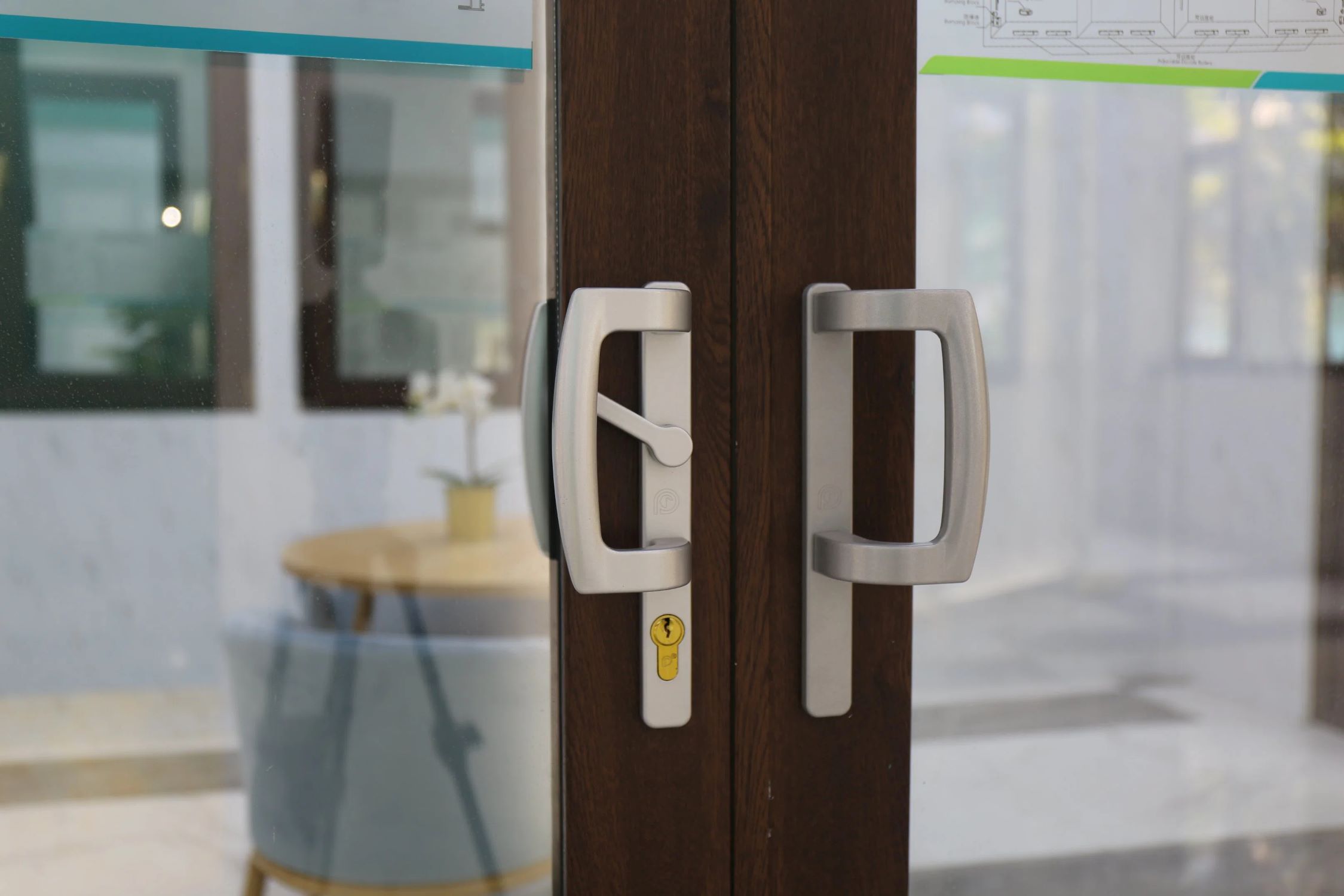
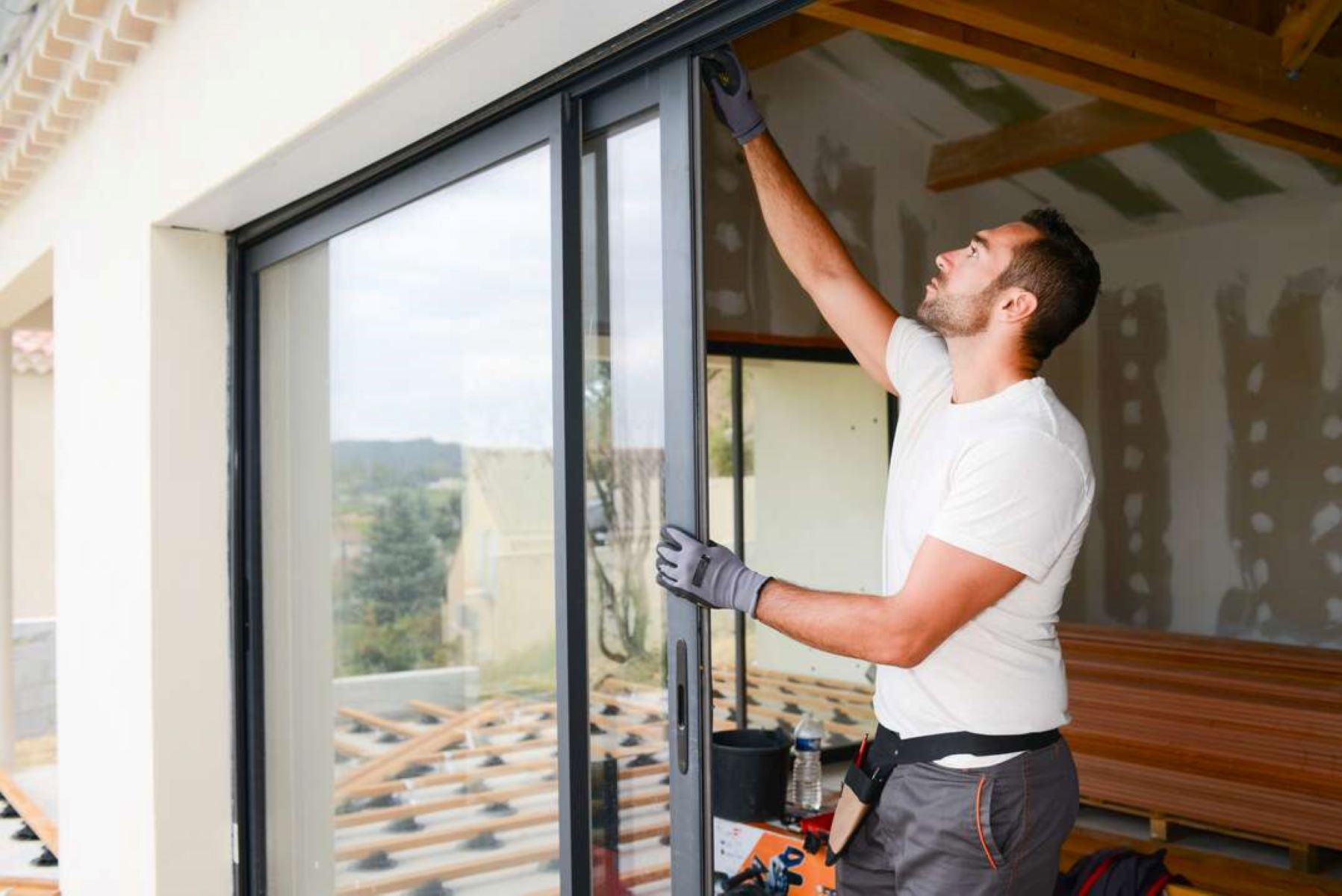
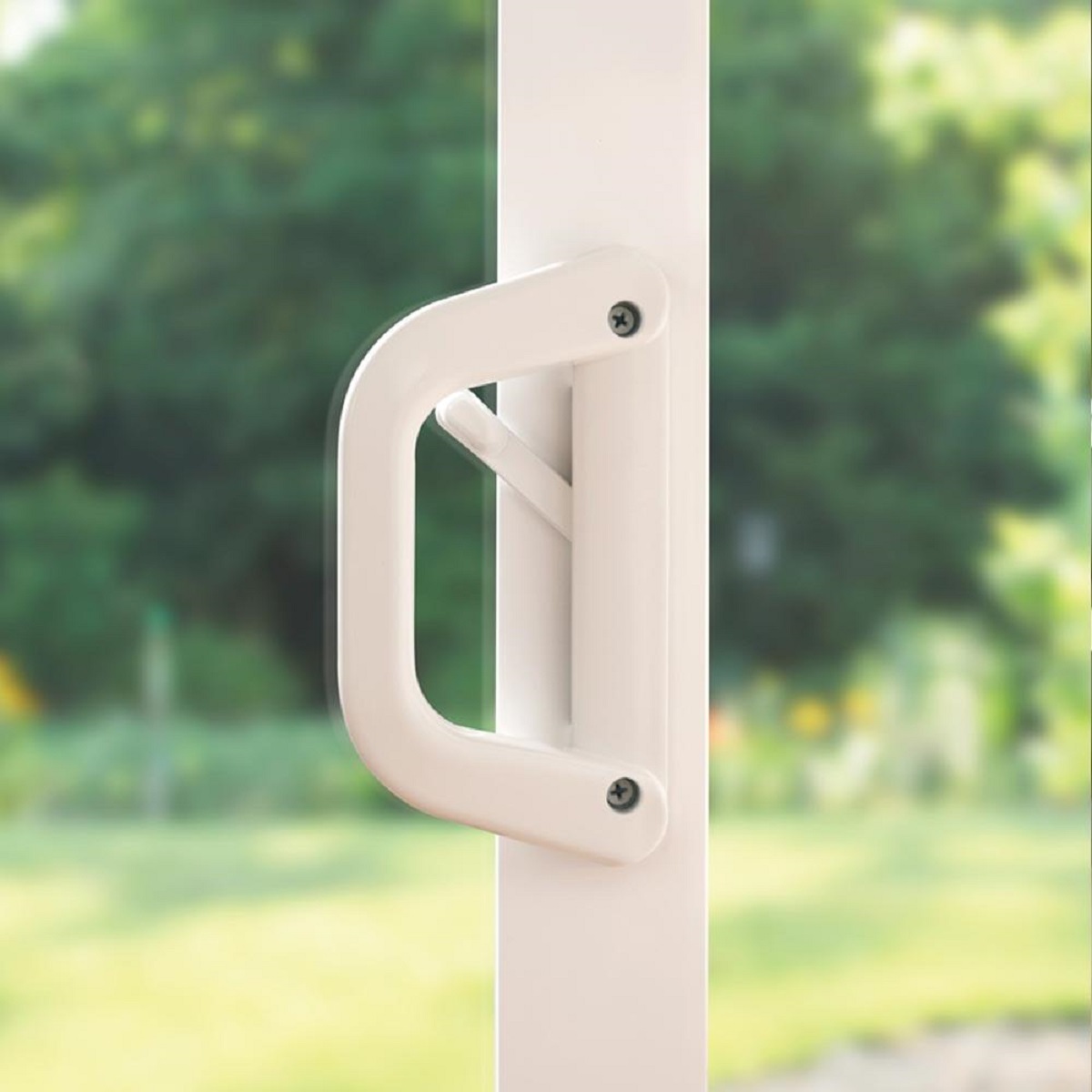
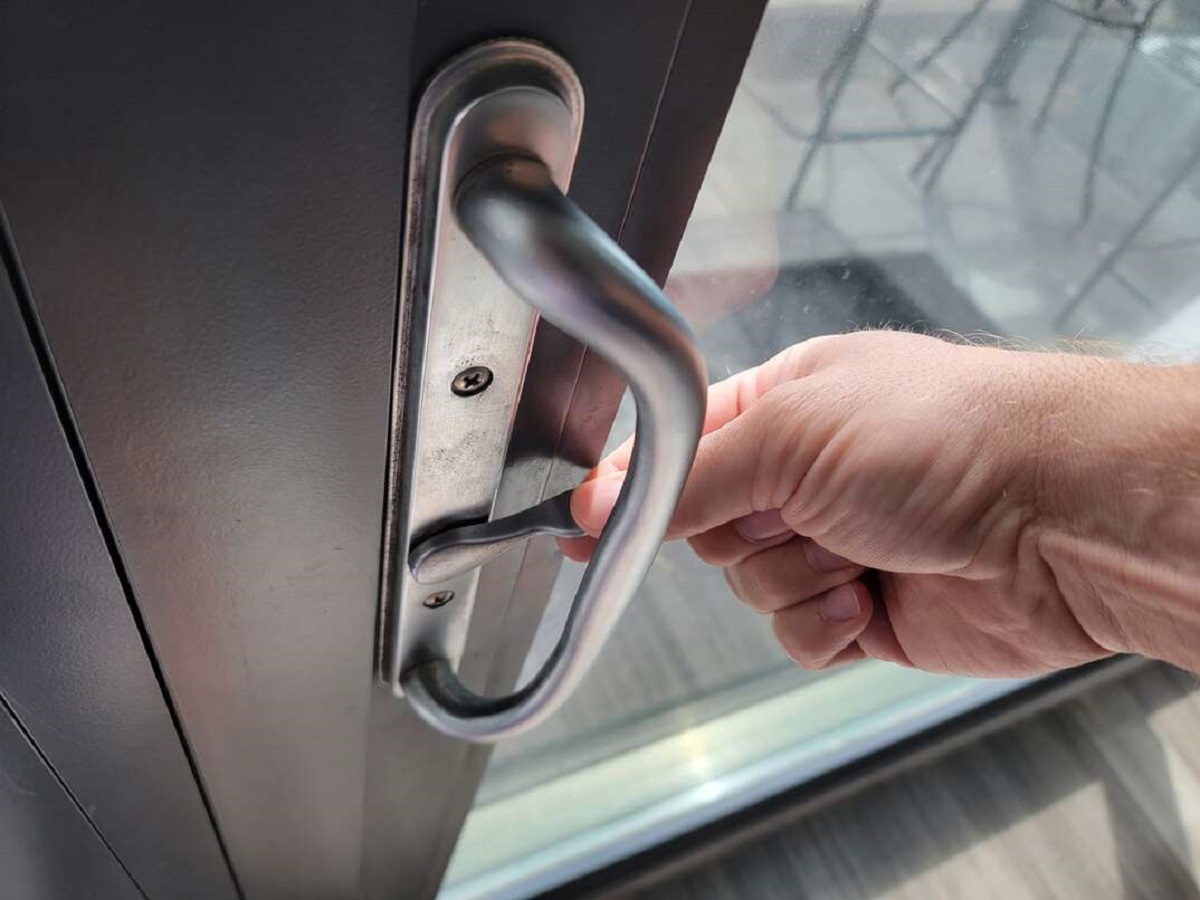
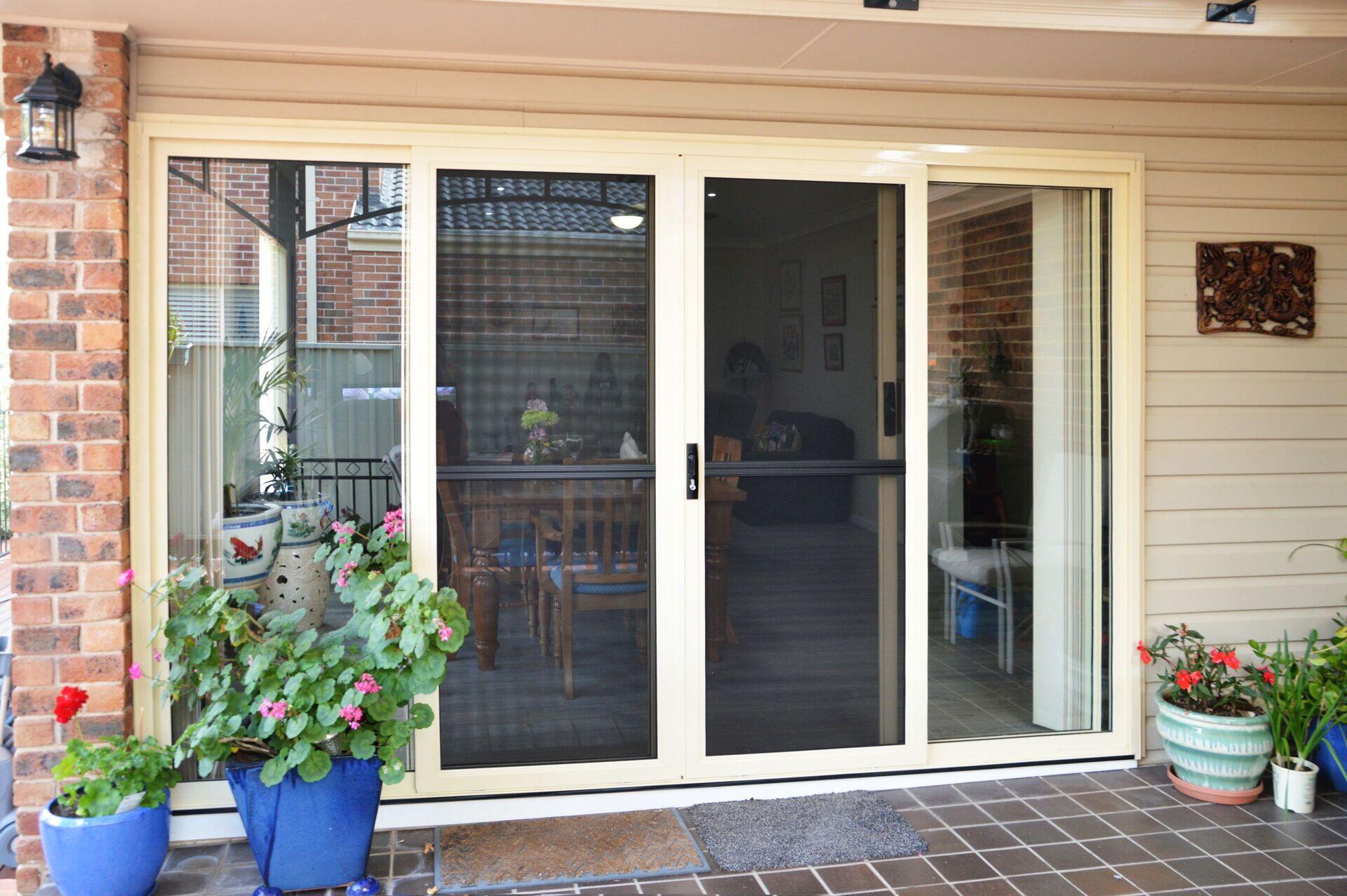
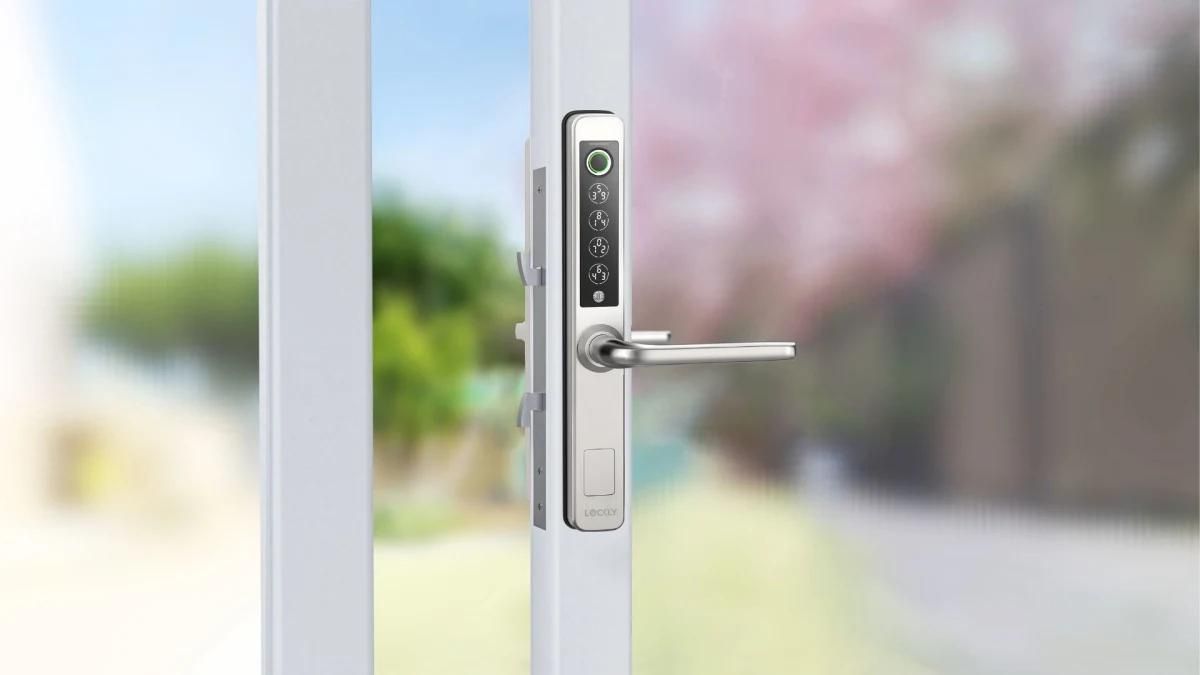
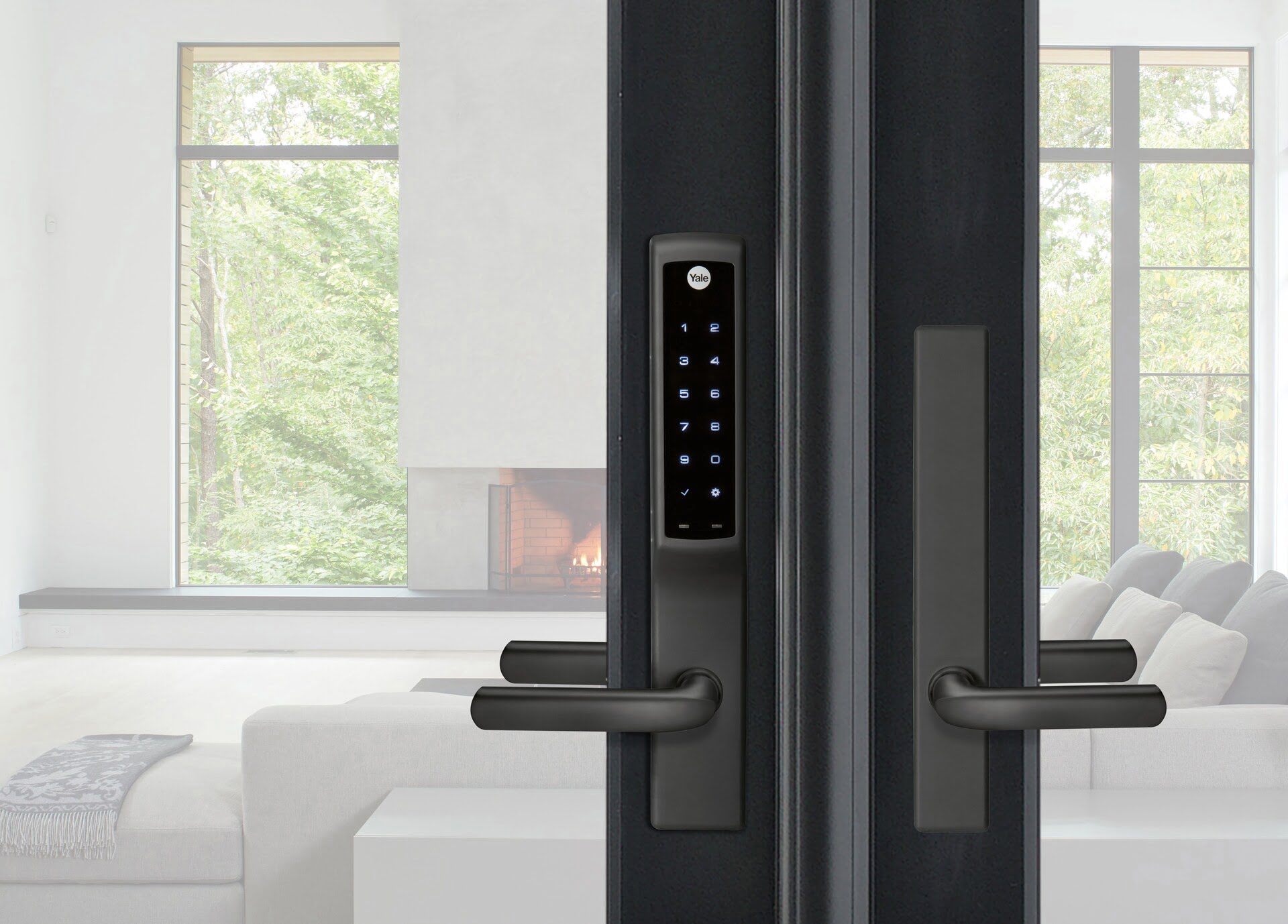
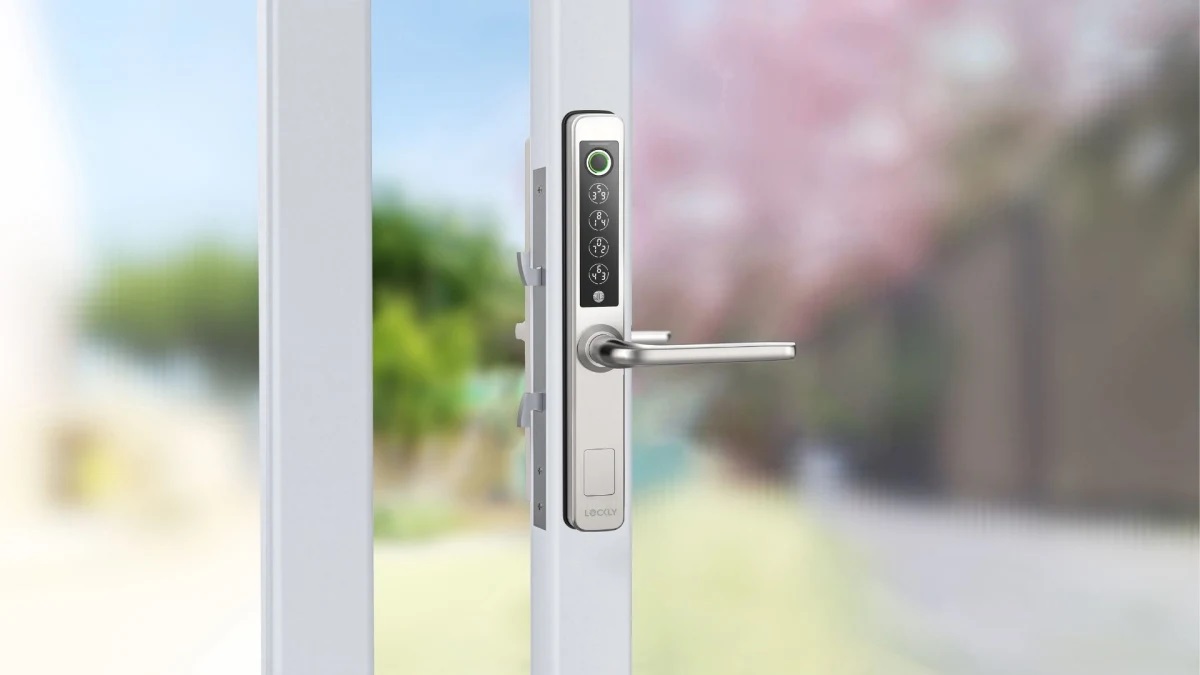
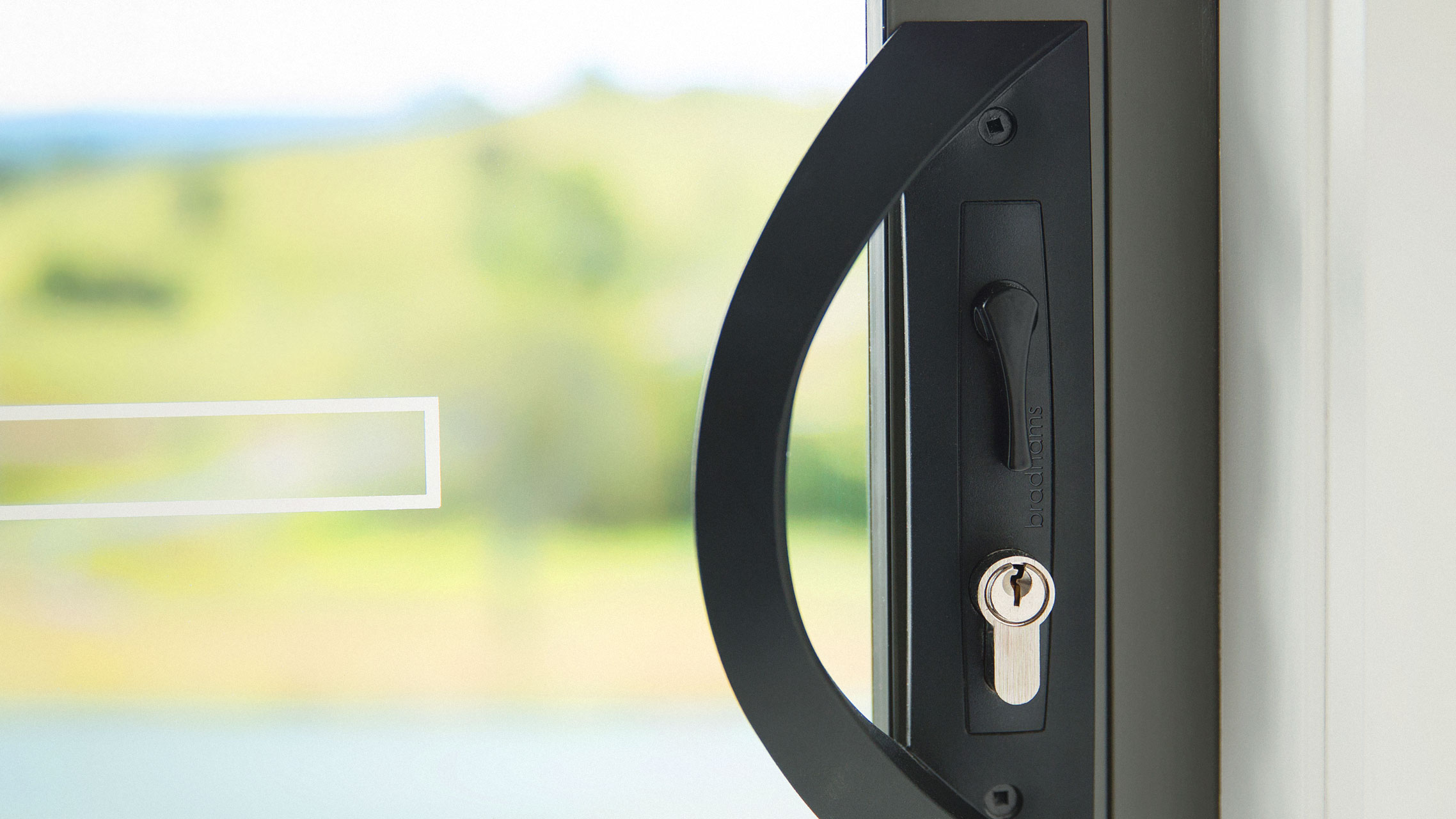
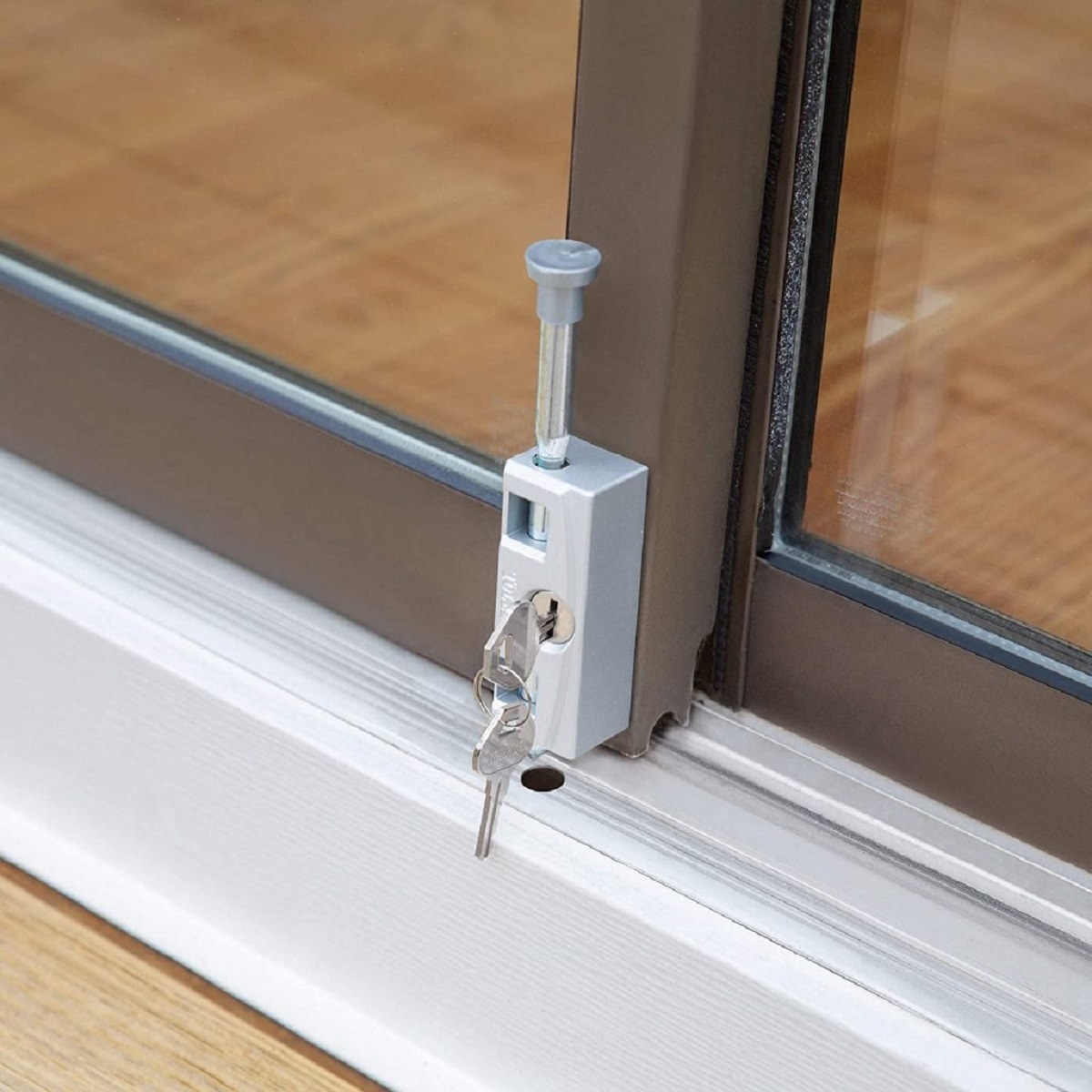
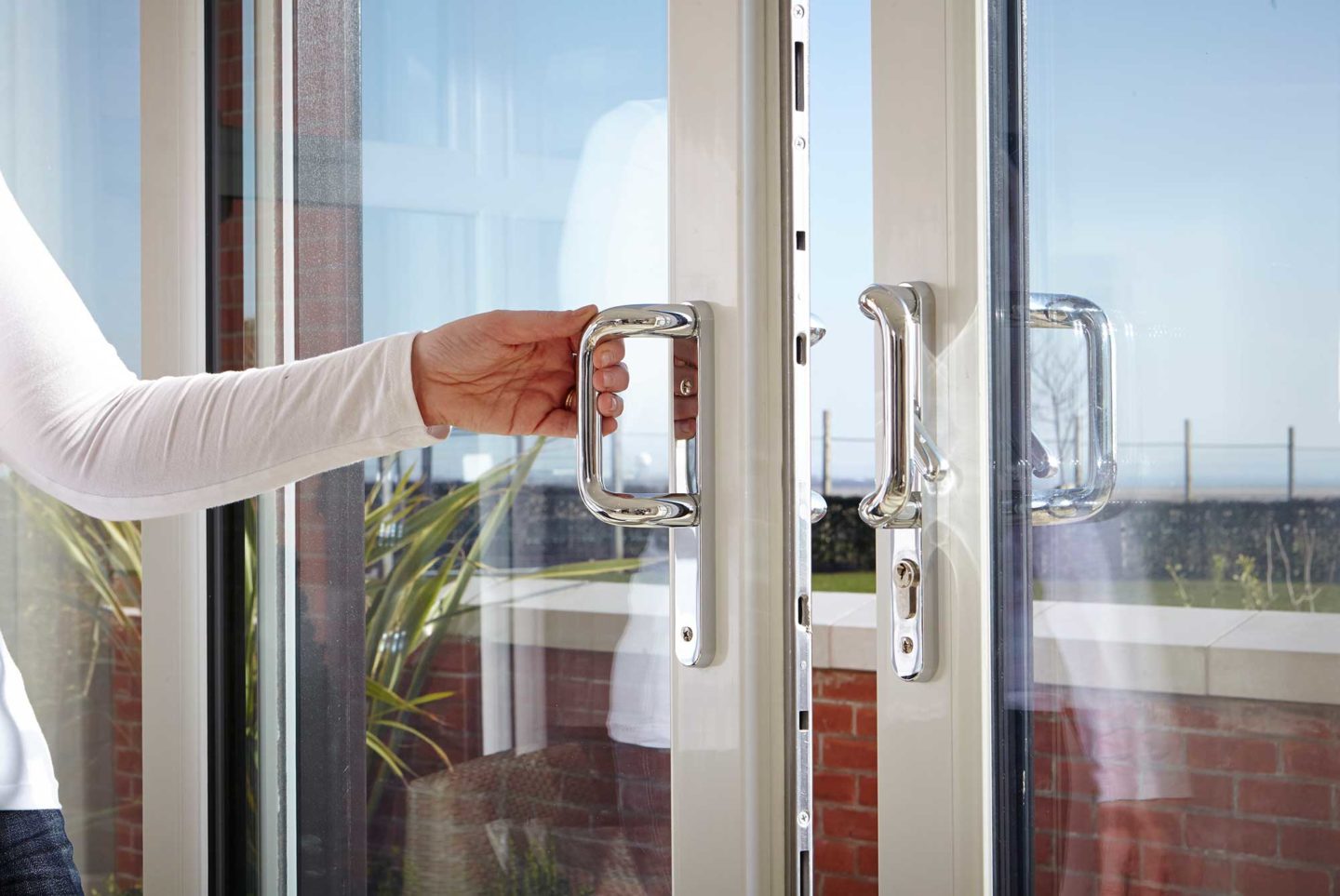
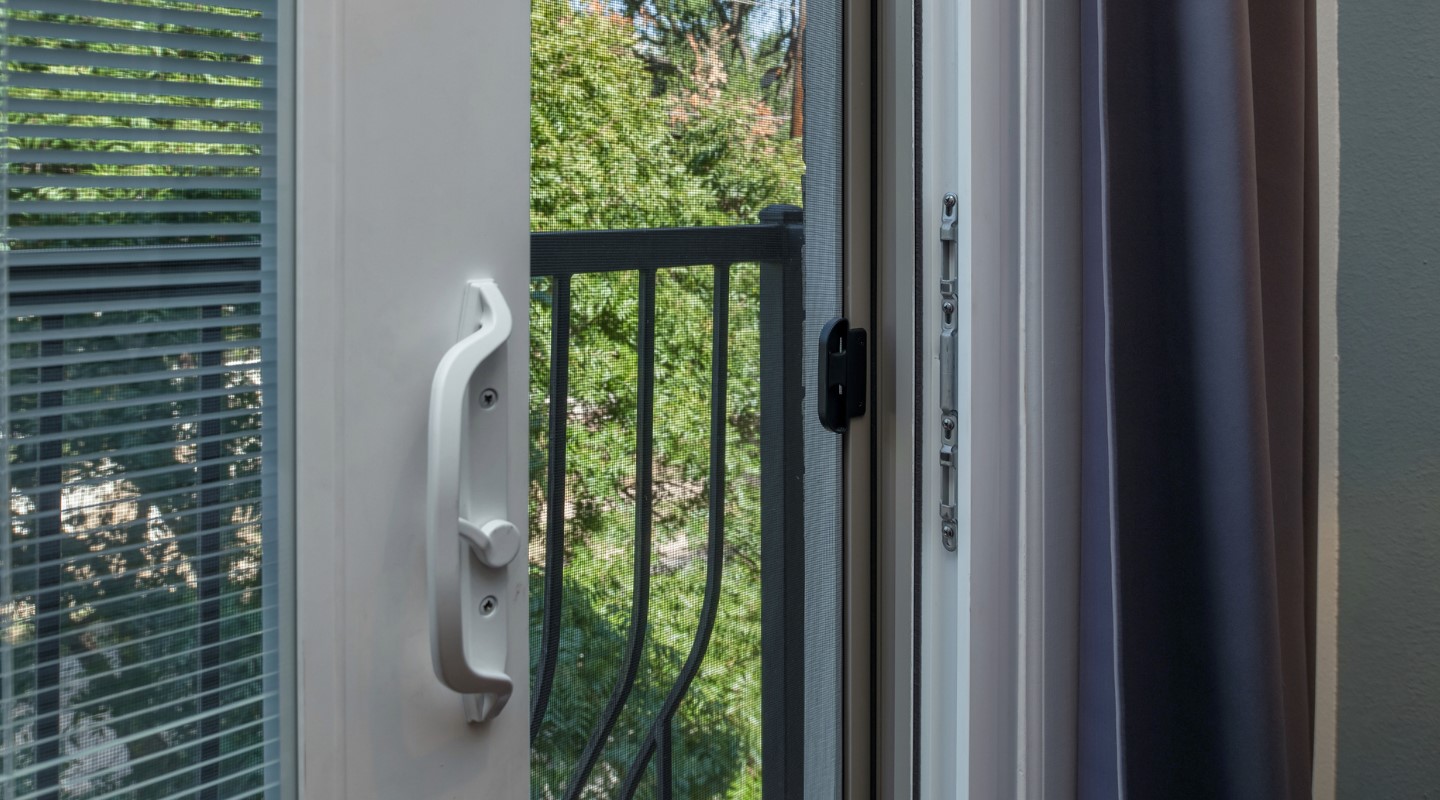

0 thoughts on “How To Fix Sliding Glass Door Lock”